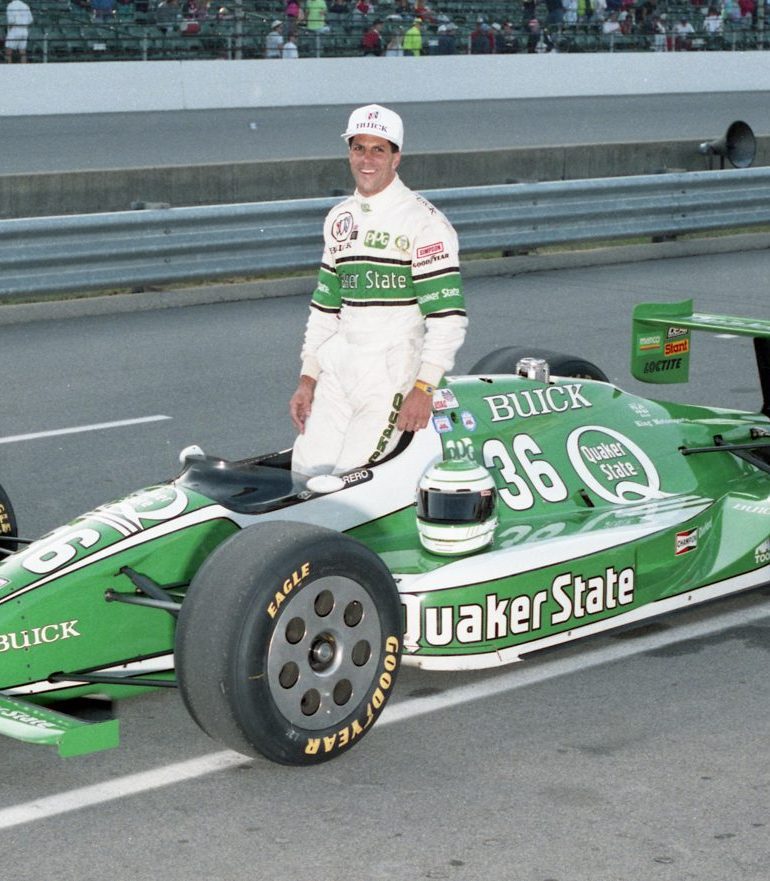On May 9th, 1992, Roberto Guerrero earned the pole position for the 76th running of the Indianapolis 500-mile race. Piloting a Buick-powered Lola T92/00 for King Motorsports, the 33-year-old Colombian became the first man in Speedway history to officially break the 230-mph barrier as he set new track records for single-lap average (232.618 mph) and four lap average (232.482 mph) for the four-lap, ten-mile run into the record books.
Guerrero would be the only driver in the 33-car starting field to record all four qualification laps over the 230 mph barrier as the 1984 Indianapolis “500” Co-Rookie of the Year award winner would log what would prove to be the sixth and final pole position of his Indy-car career.




